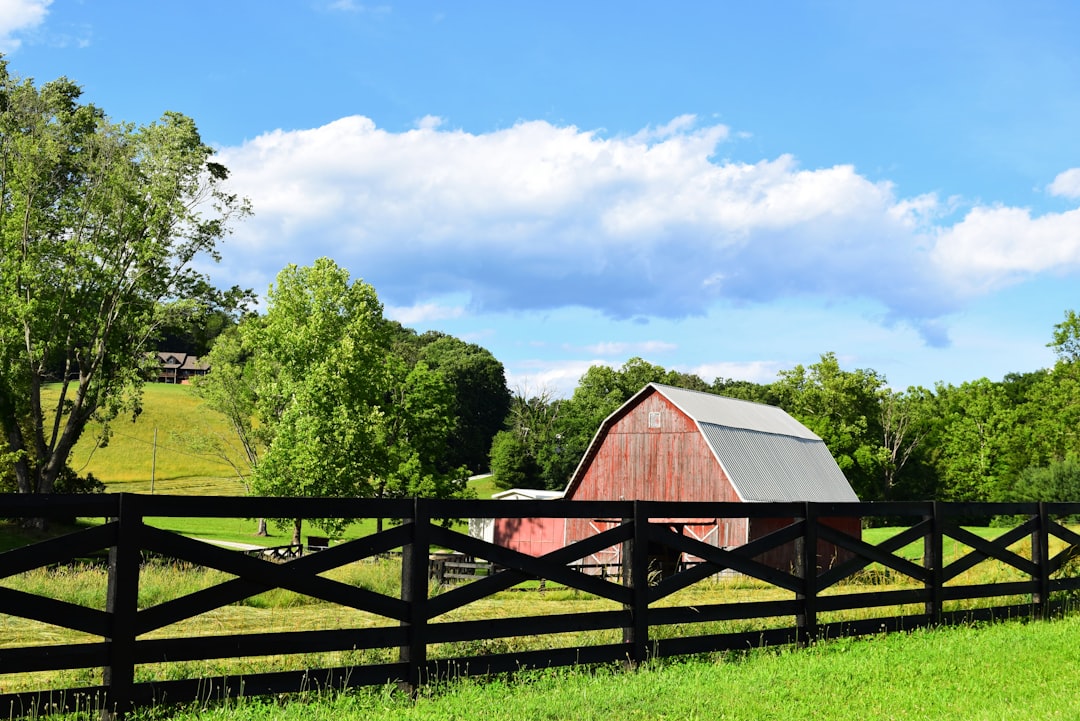Small-scale animal husbandry plays a vital role in developing countries, contributing significantly to food security, livelihoods, and rural development. Despite its importance, this sector faces numerous challenges, including limited access to markets, poor infrastructure, and environmental constraints. This post explores the challenges and opportunities for small-scale animal husbandry, highlighting context-specific solutions that can enhance its impact on food security and livelihoods.
Challenges Faced by Small-Scale Producers
-
Limited Access to Markets and Services
Small-scale producers often struggle with accessing markets and essential services like veterinary care, feed supplies, and credit facilities. This limits their ability to improve productivity and compete with larger producers. -
Environmental Constraints
Environmental challenges such as climate change, water scarcity, and soil degradation affect the productivity and sustainability of small-scale animal husbandry. These factors can lead to reduced feed availability and increased disease prevalence. -
Technological and Knowledge Gaps
Small-scale farmers often lack access to modern technologies and knowledge on best practices, which can hinder their ability to adopt efficient and sustainable farming methods.
Opportunities for Small-Scale Producers
-
Market Opportunities and Value Chains
Growing demand for livestock products in developing countries presents opportunities for small-scale producers to increase their market share. Integrating into value chains can help them access better prices and improve livelihoods. -
Diversification and Integration
Integrating livestock with crop production can enhance efficiency by utilizing family labor and promoting nutrient cycling through manure use. This approach also supports biodiversity and ecosystem services. -
Policy Support and Institutional Frameworks
Effective policy frameworks and institutional support can facilitate access to markets, credit, and technology for small-scale producers. Initiatives like cooperatives and farmer organizations can empower these producers economically and politically.
Context-Specific Solutions
-
Aggregation Models
Programs like the IFAD-funded Smallholder Dairy Commercialization Programme in Kenya have successfully aggregated dairy farmers into cooperatives, enhancing market access and improving livelihoods. -
Digital Technologies
Implementing digital tracking systems can help small-scale producers meet quality standards and access premium markets. For example, the Zhenba Bacon Digital Traceability System in China has enabled over 8,000 small-scale pork producers to access new markets. -
Capacity Building and Knowledge Sharing
Initiatives like the Community of Practice for Pro-poor Livestock Development (CoP-PPLD) facilitate knowledge sharing and innovation dissemination among small-scale producers, helping them adopt sustainable practices.
Conclusion
Small-scale animal husbandry in developing countries offers significant opportunities for enhancing food security and livelihoods, despite facing several challenges. By adopting context-specific solutions such as aggregation models, digital technologies, and capacity building initiatives, small-scale producers can improve their productivity and market access. As the demand for livestock products continues to grow, supporting these producers will be essential for ensuring sustainable and equitable agricultural development.
Future Directions
Looking ahead, the future of small-scale animal husbandry will depend on continued innovation and collaboration. This includes expanding access to digital technologies, strengthening policy support, and fostering global partnerships to address shared challenges. By embracing these strategies, small-scale producers can play a more significant role in meeting global food needs while improving their own livelihoods and contributing to sustainable development.
Citations:
- https://www.ifad.org/documents/38714170/40264252/Scaling+up+Results+in+Smallholder+Livestock+Development_e.pdf/a61f213c-5835-4637-9317-723e08ed9d99
- https://pmc.ncbi.nlm.nih.gov/articles/PMC8151861/
- https://openknowledge.fao.org/server/api/core/bitstreams/f279adb4-ebf0-4f19-8104-dbd4cd7a45e9/content
- https://www.fao.org/4/i0680e/i0680e03.pdf
- https://cgspace.cgiar.org/bitstreams/19d6106f-682f-49ca-8938-e03af5ef6fa5/download
- https://www.ifad.org/documents/38714170/39135645/smallholders_report.pdf/133e8903-0204-4e7d-a780-bca847933f2e
- https://www.ifad.org/en/w/opinions/livestock-projects-sstc
- https://cgspace.cgiar.org/bitstreams/ede57d72-6193-4ca6-a2d2-02a1b571128e/download

Comments
No comments yet. Be the first to comment!
You must be logged in to comment. Login